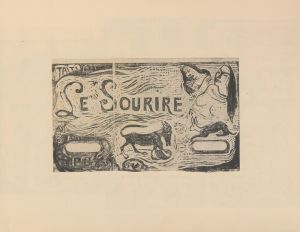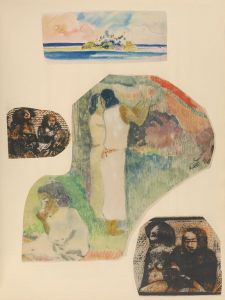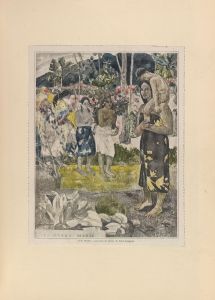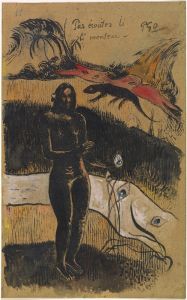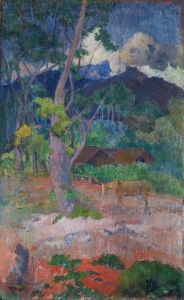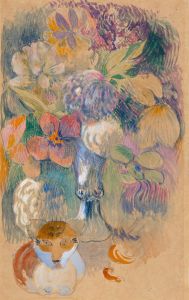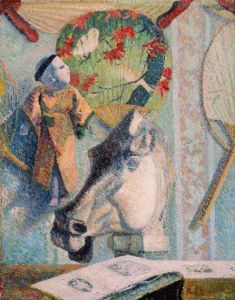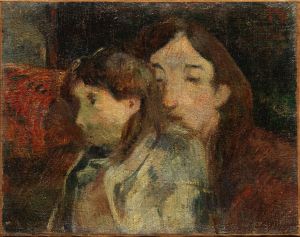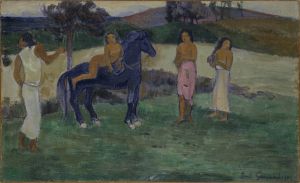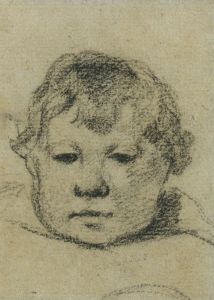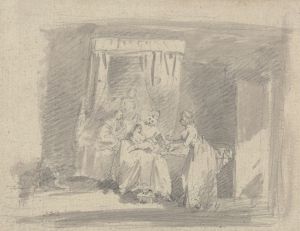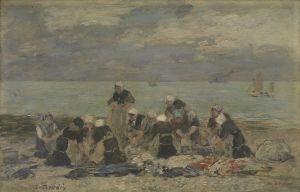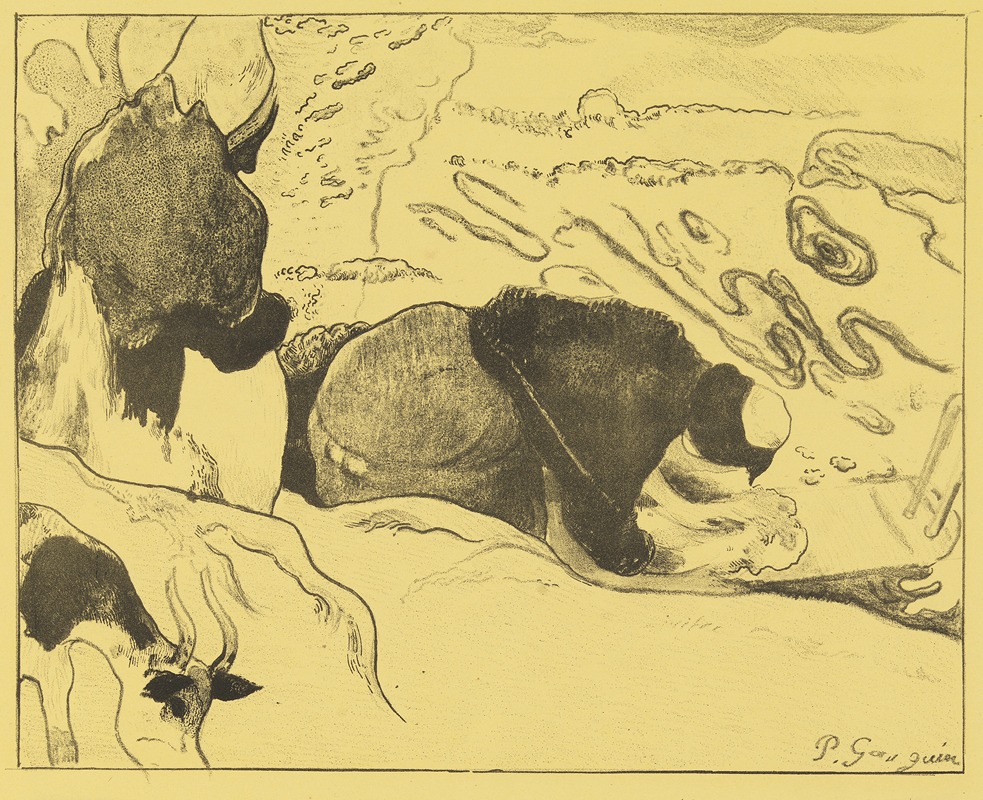
Les Laveuses
A hand-painted replica of Paul Gauguin’s masterpiece Les Laveuses, meticulously crafted by professional artists to capture the true essence of the original. Each piece is created with museum-quality canvas and rare mineral pigments, carefully painted by experienced artists with delicate brushstrokes and rich, layered colors to perfectly recreate the texture of the original artwork. Unlike machine-printed reproductions, this hand-painted version brings the painting to life, infused with the artist’s emotions and skill in every stroke. Whether for personal collection or home decoration, it instantly elevates the artistic atmosphere of any space.
Paul Gauguin's painting "Les Laveuses" is an intriguing work that reflects the artist's unique style and thematic interests during his post-impressionist period. Created in 1888, this painting is part of Gauguin's exploration of rural life and his fascination with the simplicity and authenticity he perceived in the lives of peasants. The title "Les Laveuses" translates to "The Washerwomen," indicating the subject matter of the painting, which depicts women engaged in the everyday task of washing clothes.
Gauguin painted "Les Laveuses" during a pivotal time in his career when he was living in Pont-Aven, Brittany, a region in northwestern France. This area was known for its picturesque landscapes and traditional Breton culture, which attracted many artists seeking inspiration away from the industrialized cities. Gauguin was particularly drawn to the region's rustic charm and the perceived purity of its inhabitants' way of life. This setting provided a backdrop for many of his works during this period, as he sought to capture the essence of rural existence.
In "Les Laveuses," Gauguin employs a bold use of color and form, characteristic of his post-impressionist style. The painting is notable for its use of flat, unmodulated colors and strong outlines, which create a sense of abstraction and emphasize the two-dimensionality of the canvas. This approach was influenced by Gauguin's interest in Japanese prints and his desire to move away from the naturalism of impressionism. The composition of the painting is carefully structured, with the figures of the washerwomen arranged in a rhythmic pattern that guides the viewer's eye across the canvas.
The subject of washerwomen was a common theme in 19th-century art, often used to depict the labor and daily life of the working class. However, Gauguin's interpretation is distinct in its focus on the spiritual and symbolic aspects of the scene. The women in "Les Laveuses" are not merely engaged in a mundane chore; they are part of a larger narrative that reflects Gauguin's interest in the connection between humanity and nature. The landscape in the background, with its rolling hills and serene river, enhances this theme, suggesting a harmonious relationship between the figures and their environment.
Gauguin's time in Brittany was marked by a search for a deeper understanding of life and art, which he believed could be found in the simplicity of rural communities. "Les Laveuses" embodies this quest, as it captures the timeless and universal aspects of human existence. The painting is a testament to Gauguin's innovative approach to art, as he sought to convey emotion and meaning through color and form rather than through realistic representation.
Today, "Les Laveuses" is recognized as an important work in Gauguin's oeuvre, illustrating his transition from impressionism to a more symbolic and expressive style. It reflects his enduring influence on modern art, as he challenged traditional conventions and paved the way for future movements such as symbolism and primitivism. The painting remains a significant example of Gauguin's artistic vision and his contribution to the development of post-impressionism.







